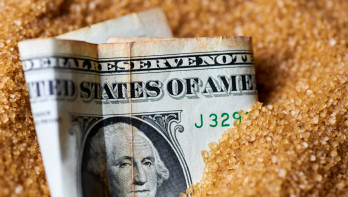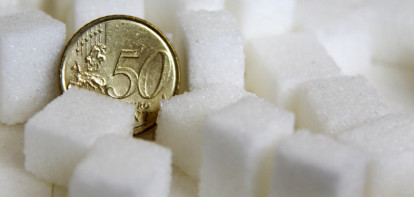Analysis Sugar
Sugar prices search for direction
The sugar prices searched for direction last week. This week, prices decreased compared to before the weekend. Since around September 20, the prices on the Intercontinental Exchange (ICE) in London and New York have changed relatively little, although London has dropped slightly.
The Food and Agriculture Organization (FAO) reported a significant increase in the sugar index, from 113.9 points in August to 125.7 points in September. This is higher than the 117.1 points in May but lower than the 136.4 points in January this year. In September last year, the index was at 162.7 points. FAO states that the September increase was triggered by concerns about tighter global availability. The deteriorated crop expectations in Brazil, which had been a concern earlier, are the main driver according to FAO. The dry weather and fires on Brazilian sugar cane plantations have driven world prices.
Developments in India have also influenced prices in September. The Indian government has eased restrictions on producing sugar cane ethanol. This could jeopardize the amount of sugar cane intended for sugar production, potentially reducing availability in the world market.
The U.S. Department of Agriculture (USDA) reported before the weekend that a Brazilian company, Post Brasilia, has lowered the sugar production forecast for Brazil for the current season 2024/25 (April - March) from 44 to 43 million tons due to lower quality sugar cane.
European beet sugar production
The USDA also reported on European beet sugar production. According to the report, it is expected to increase in the marketing year 2024/25 (October - September) to 15.4 million tons, due to a favorable market and a larger sugar beet area. However, varying weather conditions create some uncertainty about the yield.




